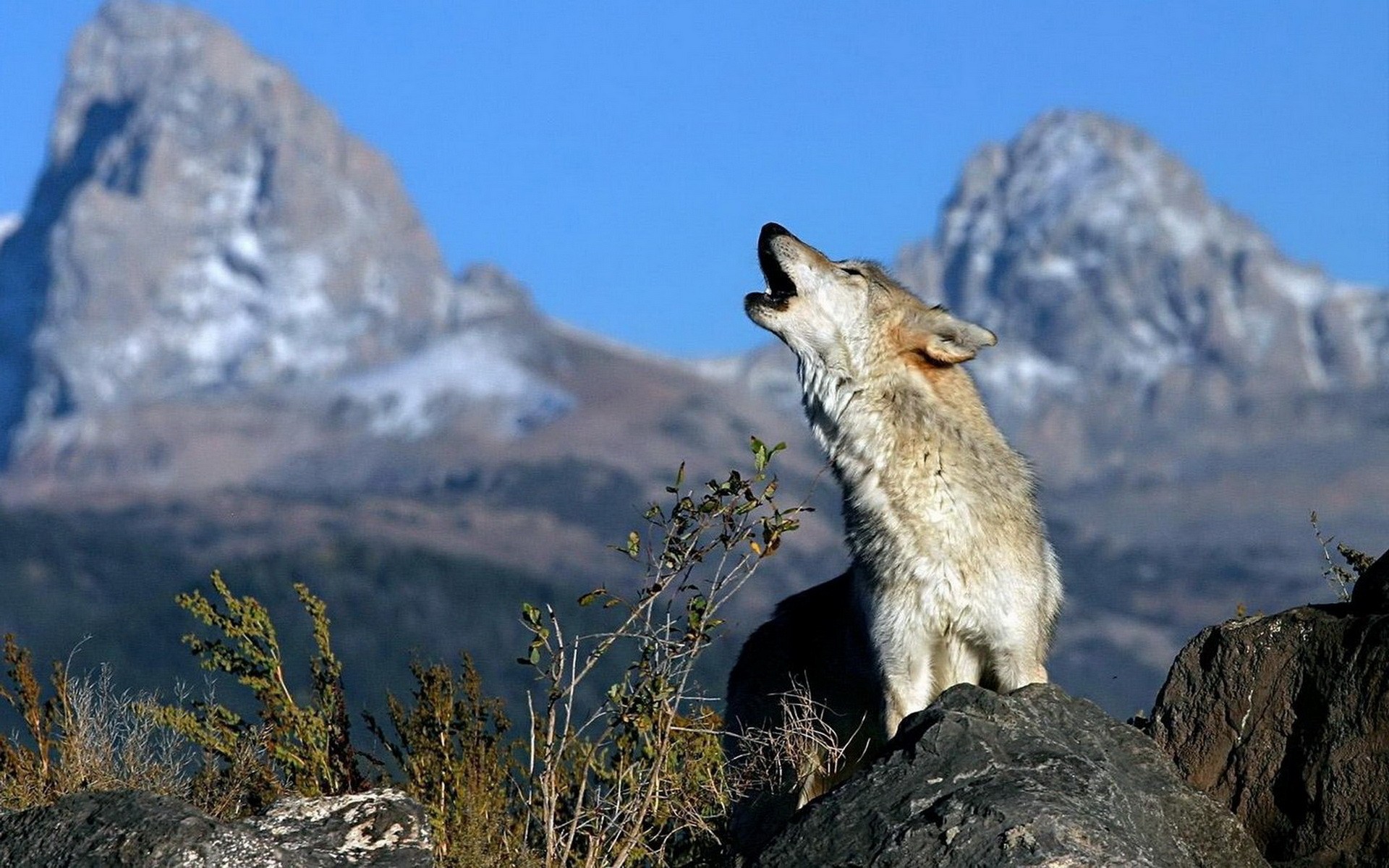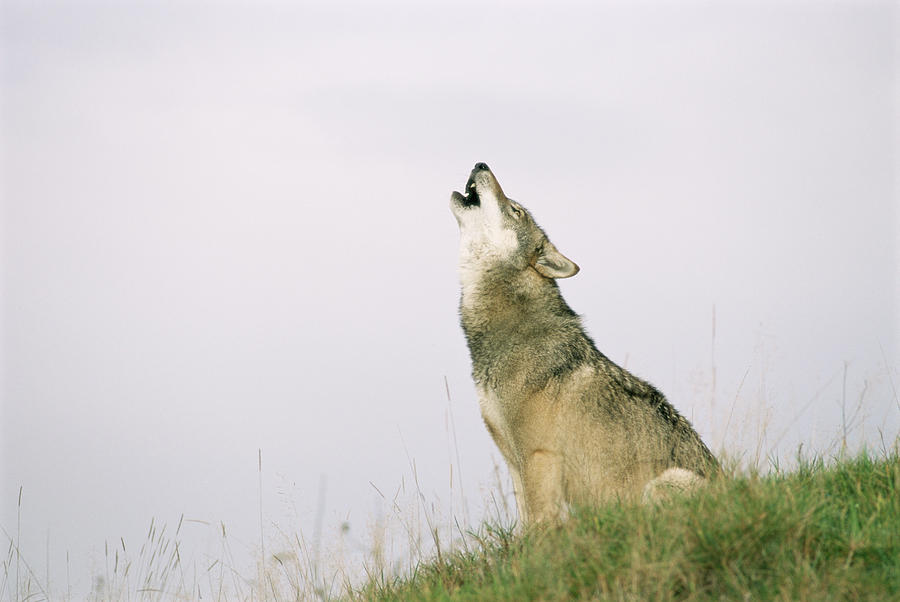

A wolf pack typically has five to eight individuals, but as many as 36 have been reported in one pack.

The gray wolf is one of the most social carnivores. These dens may be in rock crevices, hollow logs or overturned stumps, but most often are burrows dug by the parents. One of the few times they will seek shelter is to create maternity dens. No, gray wolves stay active throughout the winter. If answered, the wolf then responds with deep, even howls to inform the pack of its location. A wolf separated from its pack uses a “lonesome howl” - a shortened call that rises in pitch. Did you know that individuals have different howls that can be heard by other wolves 6-7 mile away?Ī howl can even help a lost wolf find its way home. Instead, it is used as a social rally call, a hail to hunt or as a territorial expression. Howling may be heard at night, but it is not a behavior directed at the moon. We hate to burst your bubble, but it is a myth that wolves howl at the moon! The Wolf Advisory Group provides a broad range of perspectives to help inform wolf management in Washington.Today, we answer some of the most-searched questions about gray wolves, the largest members of the canine family! Why do gray wolves howl at the moon? Washington's gray wolf conservation and management plan guides the recovery of wolves across the state.
#Grey wolf howling how to#
Information on how to report wolf observations in Washington. WDFW publishes reports detailing wolf pack activity and management actions undertaken by the department. Nineteen of these were successful breeding pairs.

WDFW and Tribes counted 206 wolves in 33 packs in Washington at the end of 2021. Natural history of the gray wolf, including physical description, lifespan, pack dynamics, and habitat information, and how to avoid conflicts. That task is a daunting effort that currently employs a variety of tools, including radio collars, helicopters, and dart guns, but might eventually move to noninvasive-and safer-approaches, such as using trail cameras and AudioMoths (recording devices that enable researchers to listen for wolf howls). WDFW biologists conduct an annual wolf population survey to obtain a minimum count of wolves in the state. You can also watch a video of the Washington Gray Wolf Conservation and Management Annual report being presented to the Fish and Wildlife Commission. WDFW produces annual reports documenting the status, distribution, and management of wolves in the state of Washington over the previous year. Citizen reports of wolf activity and problems are encouraged as WDFW staff members monitor the growth of Washington’s wolves. The Washington Department of Fish and Wildlife (WDFW) is managing this recovering endangered species, guided by a citizen-developed plan to address conflicts with livestock and impacts to other wildlife species. Monofilament recovery and recycling programĬlick the image above to view an informational brochure on Washington wolves including history, population numbers, pack territories, and more.


 0 kommentar(er)
0 kommentar(er)
